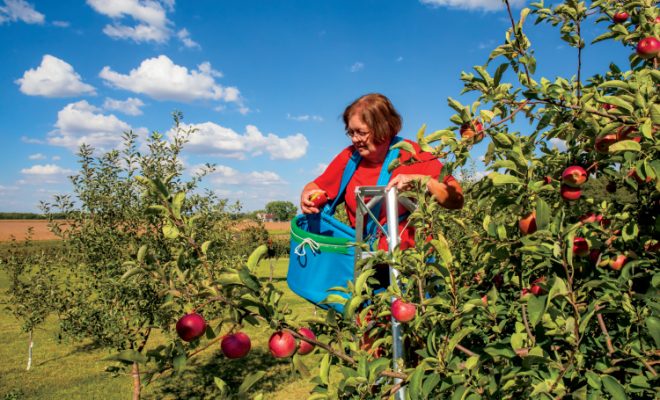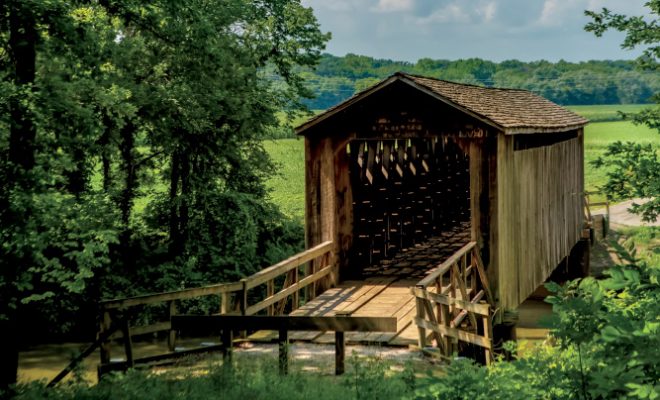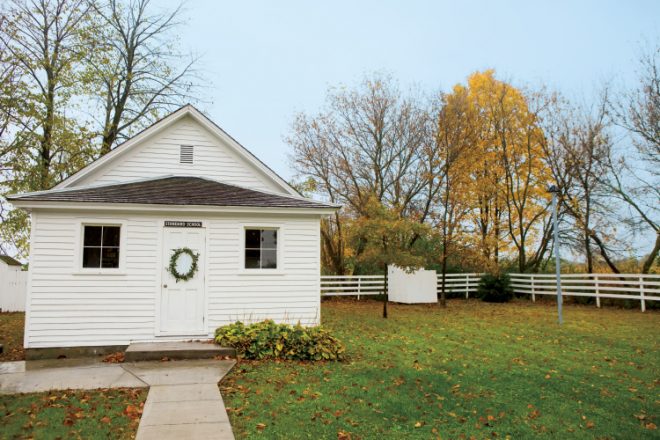
From the backyard of her home in the Swedish “North Woods” community of Sycamore, Alice Whitney can still see the tiny schoolhouse where she spent her formative years.
“My great-grandparents were among the people that started the school,” says Whitney, who sat at the same desks as her parents and grandparents. “I have deep roots at that school.”
Built for $230 in 1878 by the Swedish immigrants who settled in the area, students at North Grove School learned their lessons in Swedish until the 1920s. For 75 years – before schools consolidated into unit districts – the school gave hard-working rural children a chance to work their minds.
 Alice Whitney attended North Grove, as did her parents and grandparents.
Alice Whitney attended North Grove, as did her parents and grandparents.
Today, the North Grove School Association lovingly preserves the one-room school. This living history museum features original desks, floor, walls, leaded-glass windows and furnishings from the period. Even the outhouses still stand.
“Our main goal is to preserve the school as is. It’s a real labor of love,” says Jennifer Parsons, the association’s president. “It’s a special place – you walk in and it’s exactly as it was in 1952 when it closed.”
Like most country schools, attendance would swell at North Grove School in winter when fields lay fallow.
“It was really cold. We sat with our coats on until the oil-fired stove warmed up,” Whitney recalls. “First-graders sat in a row of desks along south side windows where the light came in. The teacher would start out with the first grade, while other students were working on their assignments.”
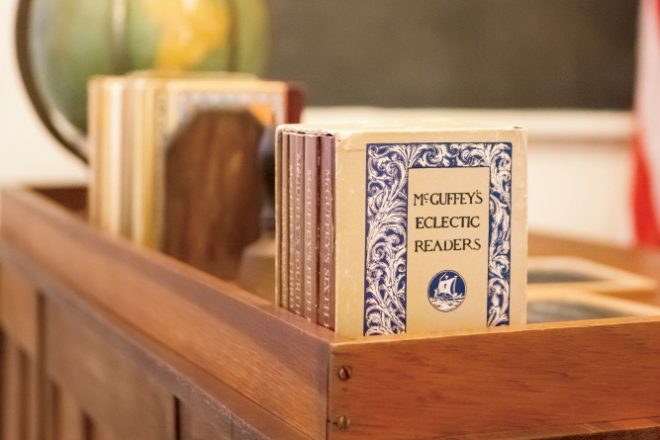
Along with academic subjects, those masters of multitasking taught art and music – and the at-risk art of cursive writing.
By necessity, “kids worked on their own a lot – and they would also pick up on lessons the older kids were learning,” says Yvonne Johnson, who attended four country schools as a child. “While we didn’t have all the advantages of city schools, such as audio-visual aids, we were closer to nature.”
Johnson particularly relished a research-filled year as the only student in her class at a country school in Kane County.
“The Kane County superintendent of schools prepared question sheets that teachers used with students,” she says. “I loved to go and dig up the answers. Research was more fun than textbooks.”
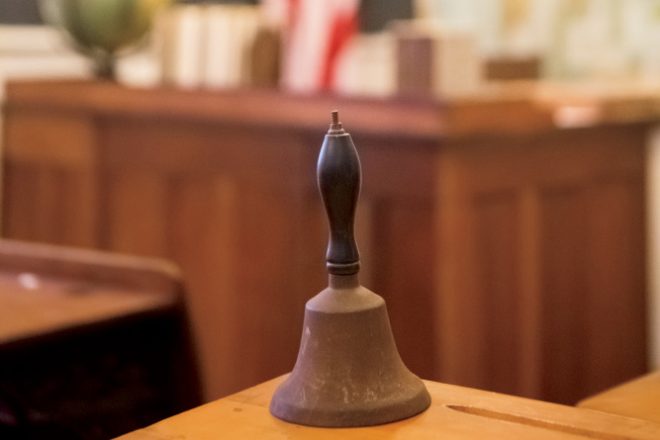
Johnson’s experience in those one-room schools influenced her later as an educator.
“My background in rural schools, where you would work with other kids, led me to do a lot of small group work in my classrooms at the public school,” she says.
Through independent and group work, one-room schools offered lessons in responsibility and teamwork. Older students also helped younger ones and often took on duties such as hauling water or wood.
While a few remain in operation across the U.S., the majority of one-room schools represent charming remnants of a bygone era of education. Some communities, like Sycamore, embrace these historic schools as sites for learning.
Parsons, a fifth-grade teacher, introduces new generations of students to this local treasure through annual field trips. Arriving on foot (to replicate the real-life experience of rural students), students take part in activities ranging from geography lessons and spelling bees to old-fashioned recess games. Duck, duck, goose, anyone?
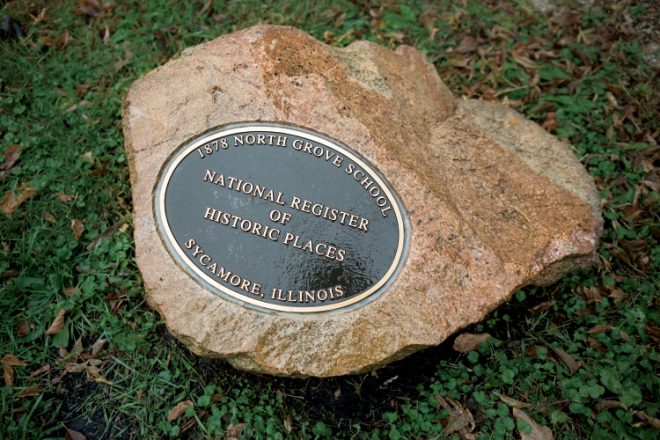
“We are thrilled to see kids using the school today, and we hope to open it up even more,” Parsons says.
The association welcomes visitors of all ages at open houses throughout the year. The largest takes place in June as part of a two-day Swedish Festival, followed by a Pumpkin Fest in October. A holiday open house celebrates the Swedish patron saint Lucia.
“We’re trying to keep these memories alive,” Parsons says. “We want our children to appreciate what we have here and all the generations who created it.”

For former students like Alice Whitney, North Grove School offers a trip back in time.
“You walk in that door, and it looks just like it did when we went there,” she says. “You can stand back and almost see the kids sitting at their desks.”
4 Interesting Facts About North Grove School
During the Civil War, a former slave named Henry Beard joined the 105th Illinois Infantry Regiment out of the DeKalb-Sycamore area as undercook for the Adjutant General. With nowhere to go after the war, Beard followed his regiment back to Sycamore and made it his home. He and his wife, Judy, went on to raise 14 children in Sycamore. Long before integration became law in the U.S., the Beard children learned to read and write – in Swedish – at North Grove School.


